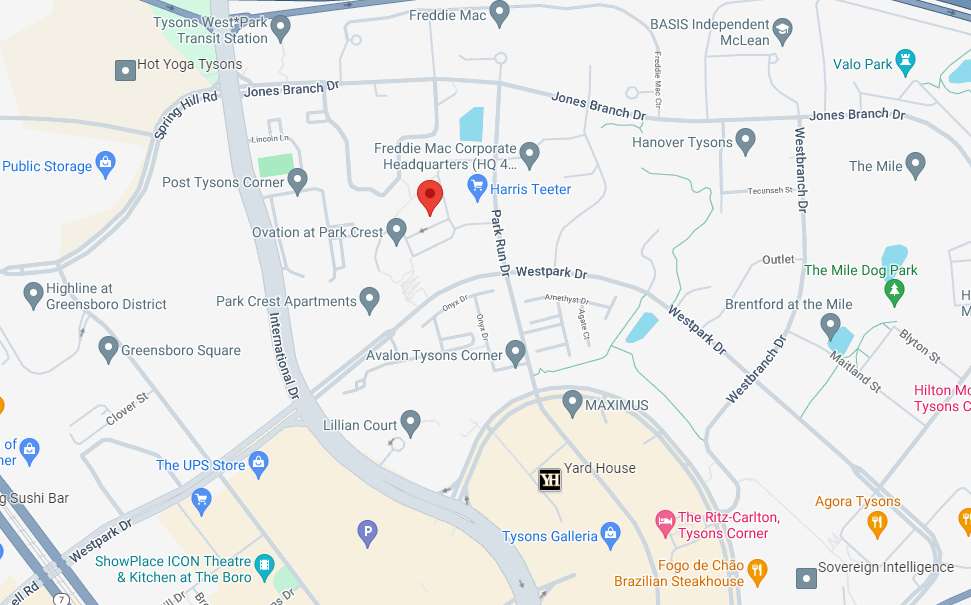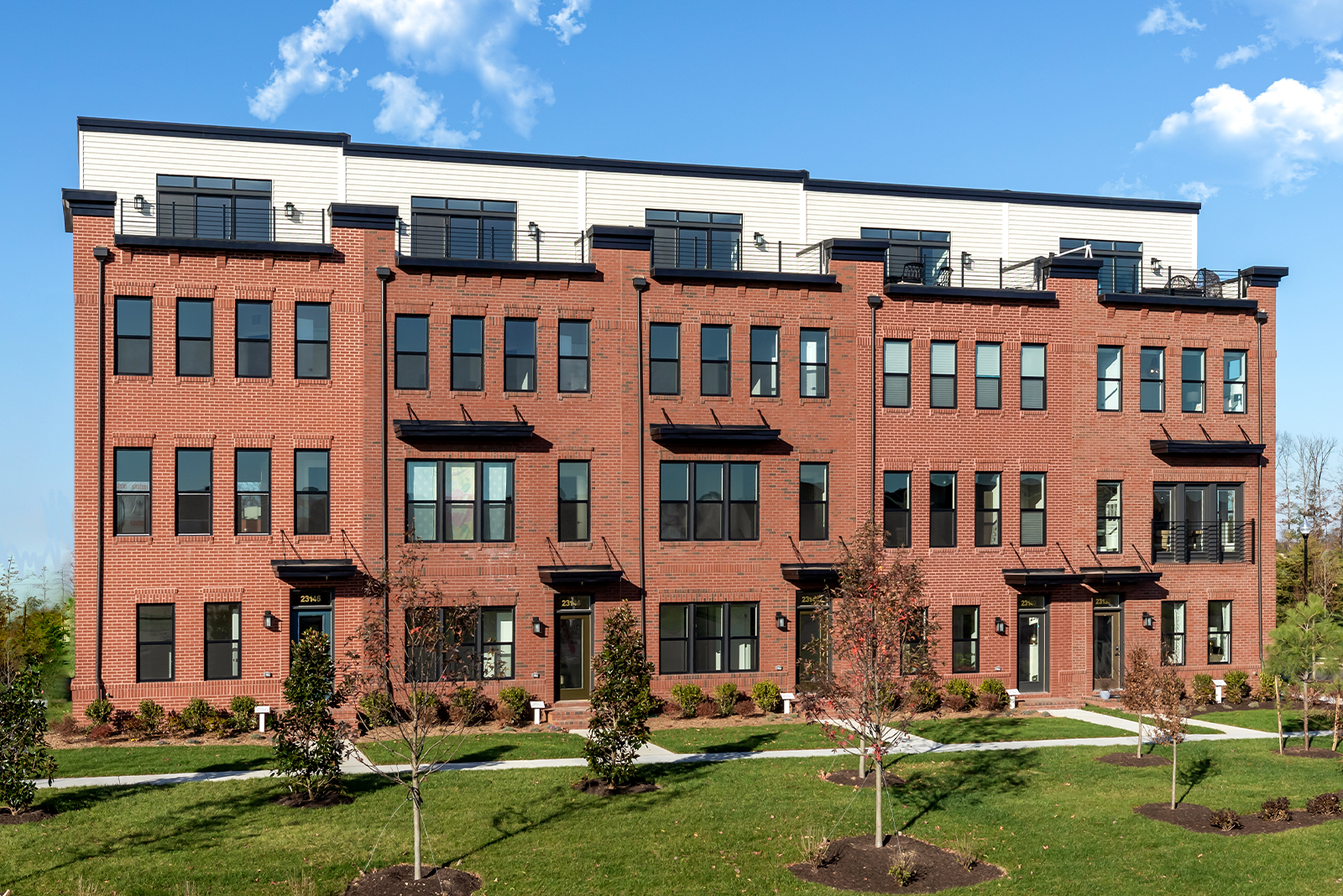The crime rate in Washington, D.C. has seen high volatility in response to the pandemic. When comparing 2020 to 2019 numbers, homicides rose 19 percent while assault with a dangerous weapon increased three percent. However, when comparing July 2020 to July 2021, homicides dropped by 1percent, and assault with a dangerous weapon fell by 4 percent.
Other statistics have seen similar spikes and drops. For example, robbery fell 11 percent between 2019 and 2020 but rose two percent in 2021. However, motor vehicle theft saw a 50 percent increase in 2020 and a 25 percent increase in 2021. While these statistics and more continue to shift going into 2021, that does not mean the city is free from tragedy.
On July 16, 2021, a shooter in Congress Heights killed a six-year-old girl named Nyiah Courtney, and five others were injured. The next day, a drive-by shooting at Nats Park wounded three people and garnered national attention for causing a Nats game to be suspended.
As people see their communities being devastatingly affected by gun violence, property theft, and violent crime, many debate how police should respond to the issue. Though many reform plans have been recommended, here are three of the most common.
Defund the Police
Calls to “defund the police” rang out during the 2020 election following the death of George Floyd. Some also use the term “abolish the police” as a further extreme to defunding.
What defunding means is that funds given to police departments are reallocated to social services. This includes everything from mental health institutions to addiction detoxing shelters and homeless communities. The idea behind defunding the police is if we strengthen our social safety net, people will not need to resort to crime to meet their basic needs.
Defunding the police also calls to reduce police workload. Currently, police officers respond to everything from a murder case to a mental health crisis. By giving health crises to professionals specializing in those issues, police officers can focus on solving thefts, murders, and other property or violent crimes.
However, many are concerned about what defunding the police could do to the community. Though it sounds nice to supply social safety nets, many debate about whether such a plan is feasible. The most significant concern seems to be what to do when there are not enough police to respond to a crime, and social workers cannot fill those roles.
Fund the Police
Though both “defund the police” and “fund the police” supporters agree that police are given jobs they cannot handle, they differ in fixing that problem. “Fund the police” is the idea that police officers do not have enough money, people, or supplies to complete their workload, and more money should be allocated their way to meet those needs.
One of the more prominent issues mentioned in recent years is the amount of paperwork police officers need to fill out. This problem leads to blank reports, where injuries or situations are filled as “none” or left blank to get through paperwork faster. This can be a problem, such as in the case of Breonna Taylor’s death in Louisville. Paperwork discussing the case was blank and listed her injuries as none even though she had died due to the shooting.
By funding the police, some argue, police officers could delegate work to more specialized forces that focus on specific jobs. This could help eliminate the paperwork issue by possibly hiring secretaries to do that work or hiring more police officers to get the job done more efficiently.
The most significant concern for funding the police is the abuse of power. Those in poorer communities are already majorly distrustful of the police, and adding more officers may lead to more problems rather than more solutions.
Tough-On-Crime
This sentiment was famous in 1970-1980s New York City. Often called the “stop-and-frisk era,” police officers were allowed to get search and seizure permissions easier, and it was much harder to challenge wrongful convictions. The judicial system was also harsher, enforcing longer prison sentences through higher mandatory minimums. Stringent parole boards were unlikely to allow prisoners to leave.
Though many look at this system as antiquated and are quick to point out the flaws, many are stringent supporters. One of the most famous supporters of tough-on-crime policy is former police officer Eric Adams, who is prevailing in a political race for the mayor of New York City specifically for his tough-on-crime platform.
All three methods of police reform have benefits and detriments, and each community will likely make a different decision depending on their needs and opinions. However, understanding all of our options can lead to making better decisions and solutions.






